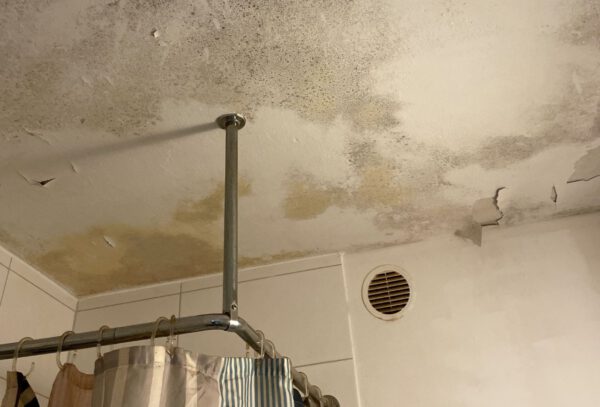Preventing Mold in Your Home
Mold growth is a common problem in homes and can affect not only the building structure but also your health. Moist rooms such as kitchens and bathrooms are particularly at risk. However, with the right measures, mold can be effectively prevented.
Why Does Mold Form?
Mold primarily develops due to persistent moisture. This can result from daily activities such as showering, cooking, or even breathing. If moisture is not regularly removed, it settles on walls, ceilings, and furniture – creating ideal conditions for mold.
Proper Ventilation: The Best Prevention
To reduce moisture, regular ventilation is essential.
- Ventilate all rooms at least twice a day, preferably in the morning and evening.
- Cross-ventilation is particularly effective: Open windows and doors in opposite rooms simultaneously to enable a rapid air exchange.
Special Considerations for Bathrooms and Kitchens
- Ventilate immediately after showering or cooking: Open the window for a few minutes to allow the humid air to escape outside.
- If there is no window, open the door to let the steam dissipate into other rooms.
- Remove moisture immediately: Dry water droplets on walls and floors after showering using a squeegee or towel.
Additional Tips to Prevent Mold
- Do not turn off the heating completely – cold air retains less moisture.
- Do not place furniture directly against exterior walls to allow air circulation.
- Avoid drying laundry inside the apartment, or ensure sufficient ventilation if necessary.
Conclusion
Mold primarily forms due to moisture that is not properly removed. With regular ventilation, targeted drying of damp surfaces, and appropriate room usage, you can effectively prevent mold growth. This will not only keep your home mold-free but also ensure a comfortable and healthy indoor climate.



